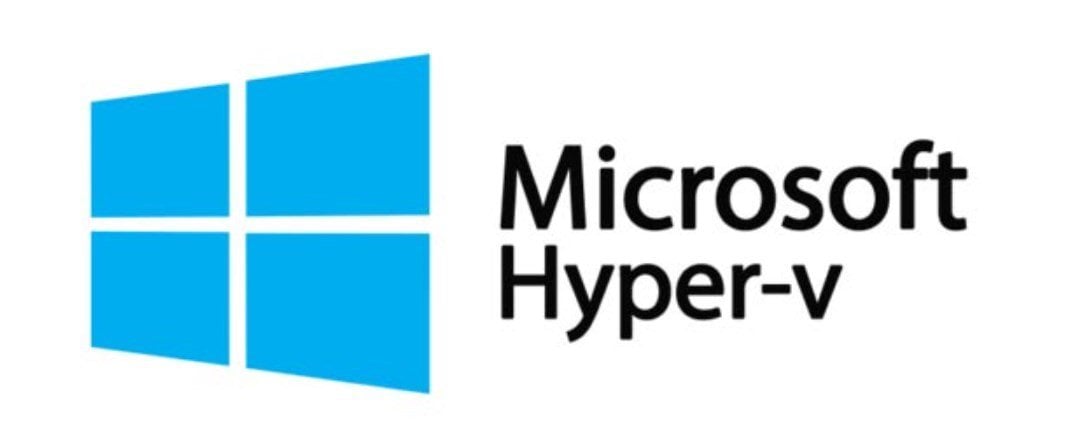I already have a laptop with 32bit Win 10 installed and it's failing. I don't wish to purchase another laptop and front the same problem again. Most laptops these days are made for 64 bit and getting 32 bit drivers for them is a problem. I'm thinking a VM is the solution as I have an over powered desktop machine spending most of its life doing not very much.A 16 bit app will run in 32-bit Windows 10, and W10 will be supported until 14th October 2025. After that it will continue to work, but you may want to avoid connecting to the internet as W10 will get no further security updates. For your purposes it would seem that internet connectivity is not a requirement, so it should be safe to stay offline and continue using W10.
You don't actually need a VM to be able to run another OS, you could have an laptop set aside with 32 bit W10 installed, or could dual-boot on your main machine.
One simple way to dual boot that does not affect the set up of your currently installed OS is to native boot a .vhdx file.

Create Windows 11 Virtual Hard Disk (VHDX) at Boot to Native Boot
This tutorial will show you how to create a Windows 11 Virtual Hard Disk (VHDX) file at boot and natively boot it to dual boot with Windows 10 or Windows 11. Native Boot allows you to create a virtual hard disk (VHDX), install Windows to it, and then boot it up, either on your PC side-by-side...www.elevenforum.com
My current desktop runs UEFI and Secure Boot and does not natively support 32 bit Windows operating systems. If it did then dual boot would be my preferred option.
I agree about keeping a VM Win 10 off the internet once it is no longer supported. In 3 years time I am hoping that one way or the other my needs for all of this will no longer exist.
I'll look into native booting a VHDX file but it might be less convenient than running a VM as a Win 11 guest. I don't know yet but I suspect I might have to run a Hyper-V VM to create a VHDX. If that is the case I wouldn't take that path as a dual boot.
thanks Bree.
My Computers
System One System Two
-
- OS
- Windows 11 Pro 22H2
- Computer type
- PC/Desktop
- Manufacturer/Model
- Bob the Builder
- CPU
- Intel i7-13700KF @ 5.4GHz
- Motherboard
- MSI MPG Z790 Edge WiFi DDR4
- Memory
- G-Skill F4-3200C16-16GVK x 2 (32GB total)
- Graphics Card(s)
- GeForce RTX 3060 Ti Ventus 2X 8G OCV1 LHR
- Sound Card
- Realtek® ALC4080 (mobo chipset)
- Monitor(s) Displays
- Philips 28 inch Display 288E2UAE
- Screen Resolution
- 3840 x 2160 (16 x 9)
- Hard Drives
- Samsung 980 Pro NVMe M2 500GB, Samsung 980 NVMe M2 500GB, Samsung 2.5" SSD 1TB, Seagate 2.5" ST5000 5TB, Seagate Barracuda NVMe M2 1TB, Samsung MZVL2512HCJQ OEM NVMe M2 1TB
- PSU
- MSI MPG R850GF PSU (850W)
- Case
- Fractal Design Define 7 Compact ATX
- Cooling
- CoolerMaster MA610P
- Keyboard
- HAVIT mechanical keyboard HV-KB390L TKL
- Mouse
- Logitech M350 Pebble Mouse BT + wireless
- Internet Speed
- 50 x 20 megabits / second fibre
- Browser
- Microsoft Edge
- Antivirus
- Microsoft
- Other Info
- Intel Ethernet 1226-V 2.5GHz @ 1GHz
Intel Wi-Fi 6E AX210
ASUS router RT-AX86U with Wi-Fi 6
Logitech BRIO webcam
Macrium Reflect 8.1 paid for backups etc.
-
- Operating System
- Win 11 Pro 22H2
- Computer type
- Laptop
- Manufacturer/Model
- MSI SUMMIT E16 FLIP EVO A11MT-013AU
- CPU
- Intel i7-1195G7
- Memory
- 16 GB
- Graphics card(s)
- Iris Xe graphics
- Sound Card
- Realtek High Definition Audio
- Monitor(s) Displays
- 16" 120Hz Pen Touch panel
- Screen Resolution
- 2560 x 1600 (16 x 10)
- Hard Drives
- Samsung NVMe 980 Pro 1TB
- PSU
- Delta Electronics ADP-65SD B, HP 1HE08AA
- Mouse
- Logitech M350 Pebble Mouse BT + wireless
- Keyboard
- Full Keyboard
- Internet Speed
- 50 x 20 megabits / second fibre
- Browser
- Firefox
- Antivirus
- Microsoft
- Other Info
- Killer Wi-Fi 6E 1675x (210NGW)
MSI Pen
Web Cam with Windows Hello Face
Fingerprint Reader
ASUS router RT-AX86U with Wi-Fi 6
Macrium Reflect 8 paid for backups etc.










